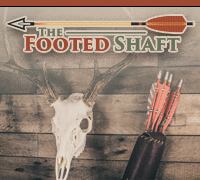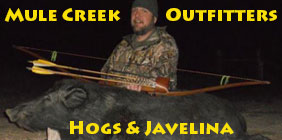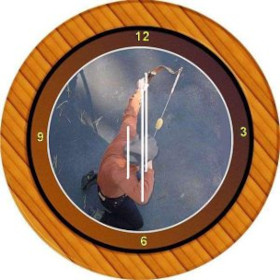Chuck,
You are asking a VERY complicated question. One that can really only be answered with advanced physics and mathematical descriptions. The study of ballistics.
Simply, speed is a RESULT of a force applied to a mass for a given time period (the power stroke). With trad bows, the force applied to the mass (arrow) decreases from the moment of release to arrow separation from the string. How much it decreases is quite complicated and is based on many factors from bow design to draw length (power stroke again). The force application of a compound bow is different, there, the force actually increases over the power stroke and is the main reason C bows shoot faster than trad bows.
A mass attains a given speed based on how long a force is applied to the mass. Let's use your gun example but we have to compare apples to apples. It is the length of the barrel for a GIVEN load that determines the speed of the bullet. Take a cartridge and shoot it out of a 10 inch barrel and then shoot the same cartridge out of a 20" barrel. Which one will give the highest speed(velocity)? In this example, barrel length is the power stroke and the longer barrel keeps the force applied to the bullet for a longer period of time -- hence a higher velocity.
Changing powders can change the velocity of the bullet but that is because the force applied to the bullet is different (changes differently over time). AND!! Presumes the same barrel length (again, power stroke).
So it is not really the recovery rate of the limbs themselves, it is the force those limbs apply to the string and then the arrow.
Anyway, a great question but one that has no easy answer. Physics classes in "mechanics" address this but can take several semesters of study to get to the level of understanding. We are addressing mass, inertia, energy, force, acceleration, velocity, etc., and the mathematical relations of all of them. They all are connected.
This is also why there is so much misunderstanding out there about common concepts of kinetic energy, potential energy, momentum and all that "stuff."
So, dig out the physics and calculus books and you won't be "bored" anymore. :>)
Arne














